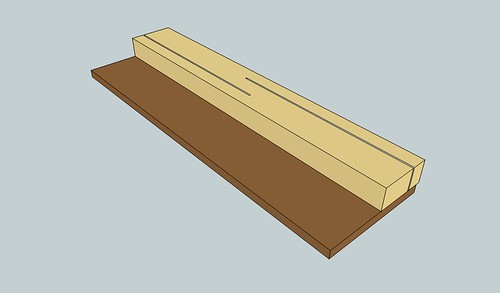RussianRouter
Established Member
Just waiting for the plate to be fitted and then I'll tackle the guide fence.
This is the workpiece clamp in place...
 [/img]
[/img]
This is the workpiece clamp in place...




































